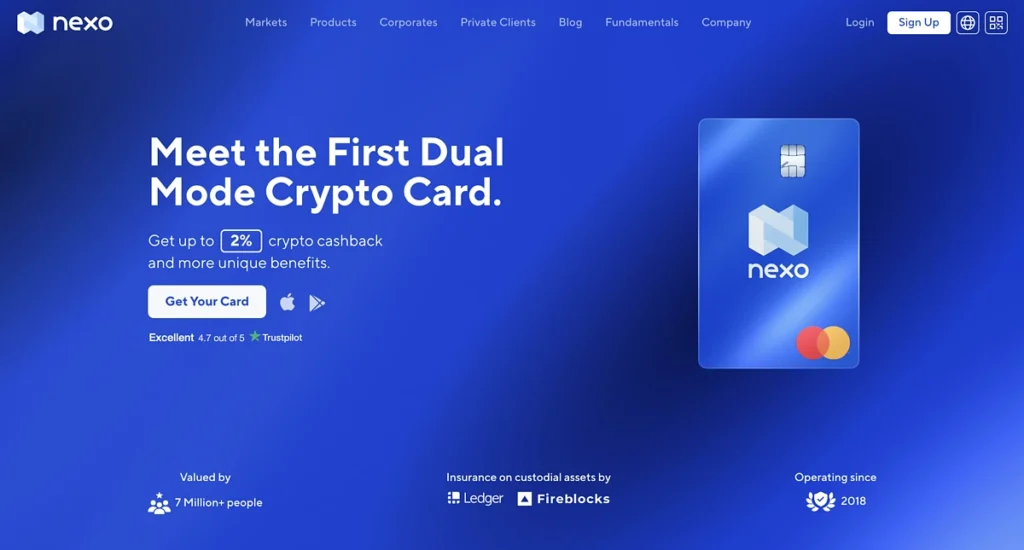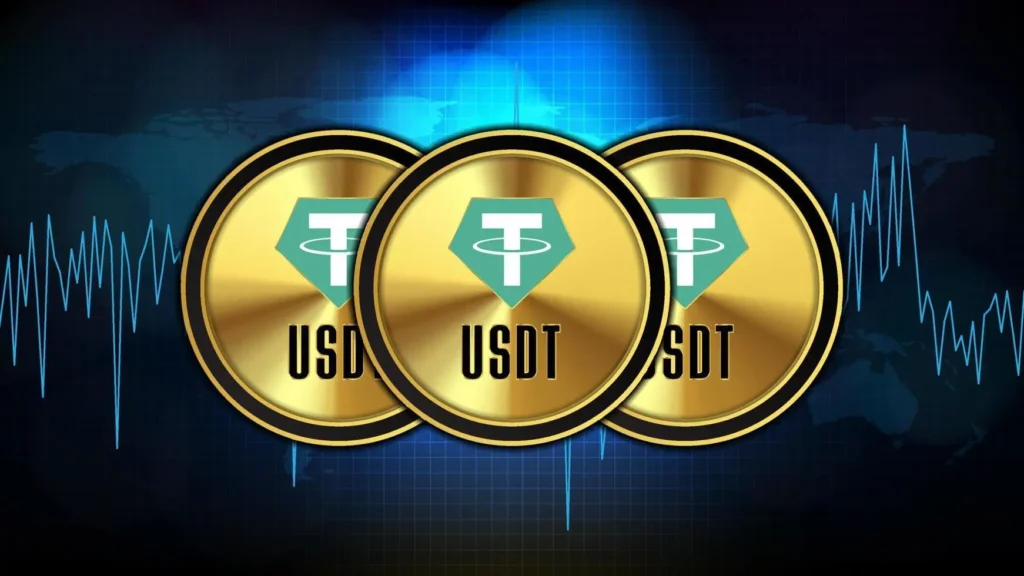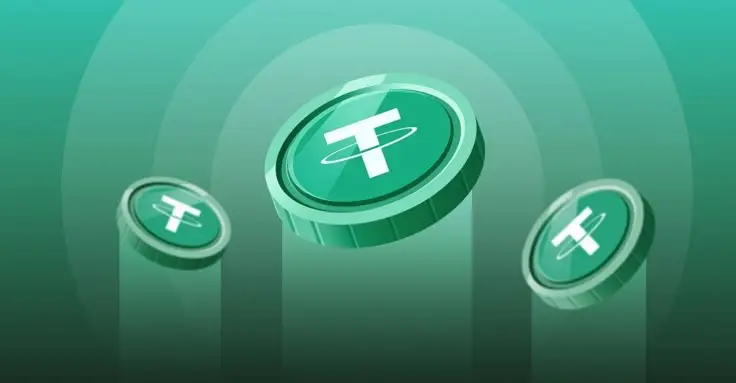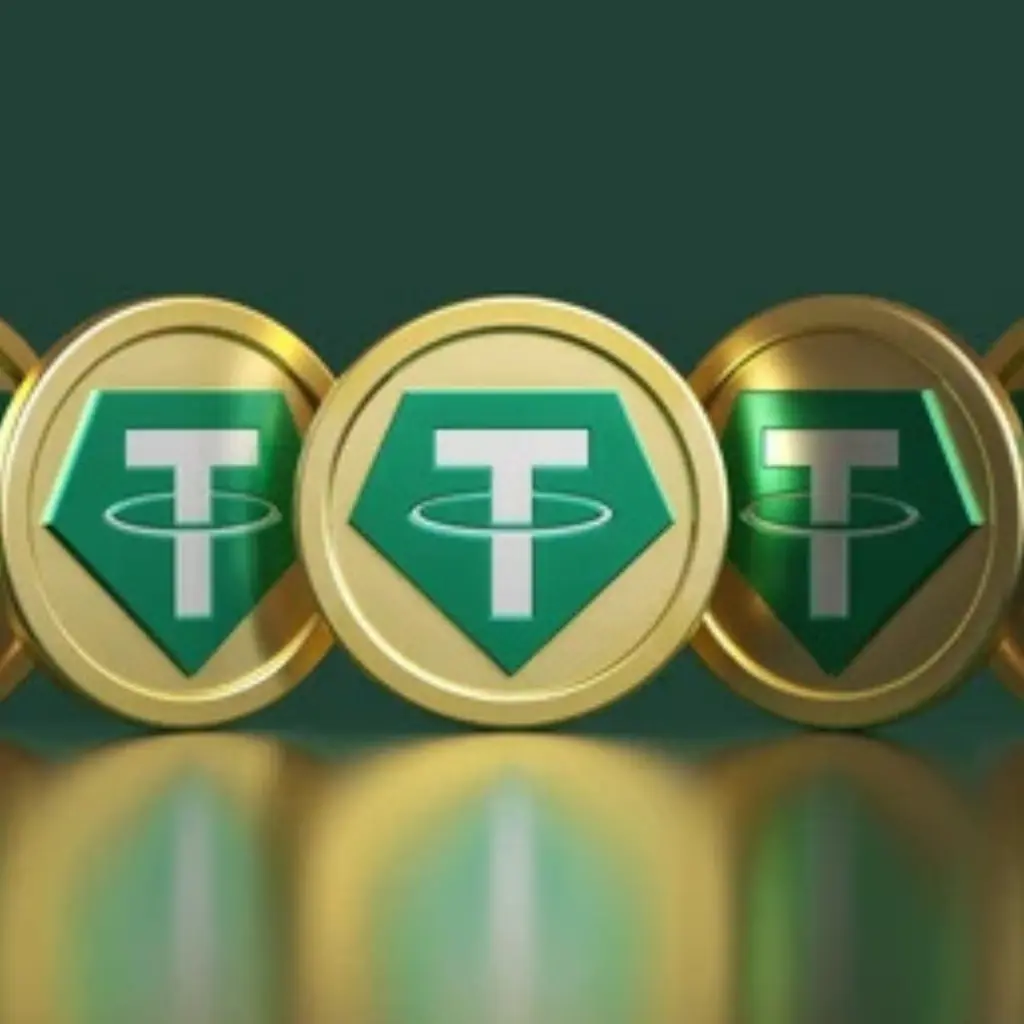So you’ve got some USDT in your wallet and you’re thinking… now what? Can I actually use this stuff outside the blockchain bubble? The short answer? Yup. The slightly longer one? There are quite a few ways to make USDT real world usage a thing—but not all of them are created equal.
Whether you’re eyeing cash in hand, bank transfers, or just want to swipe it like a debit card, we’ve got you. Let’s dive into how to take that Tether and turn it into something you can actually spend.
1. Exchanges: The Classic Cash-Out Route

Exchanges are still the go-to for many crypto holders, and for good reason. Binance, OKX, Kraken—all of them let you sell USDT for fiat currency and withdraw to your bank.
It’s safe, mostly seamless, and depending on the platform, relatively cheap. But, heads-up: you’ll want to verify your account first (KYC is a thing), and sometimes withdrawals can take a bit longer than you’d like.
Pro tip: always compare fees and withdrawal limits before jumping in.
2. USDT Real World Usage via Peer-to-Peer Trading

Want more control over how you get paid? P2P platforms might be your thing.
Using apps like Binance P2P or LocalCoinSwap, you can sell your USDT directly to a buyer for bank transfer, e-wallet credit, or even physical cash. It’s kinda like Craigslist, but for crypto.
Sure, it’s more flexible, but it also comes with some risk. Only use trusted platforms with escrow protection, and never—ever—finalize a trade before confirming payment.
A little street smarts go a long way here.
3. Crypto Cards: Swipe and Go

Source : Coingecko
Honestly, this one feels like the future. Companies like BitPay or Crypto.com offer cards that convert USDT (and other coins) to fiat as you spend. Want to buy coffee with Tether? No problem.
You top up the card with your USDT, it auto-converts when you use it, and you’re good to go. Some even let you withdraw at ATMs—real cash, baby.
Just keep an eye on conversion rates and regional availability. Not every country supports them yet.
4. Crypto ATMs: Fast but Not Always Friendly
If you’re lucky enough to live near one, a crypto ATM can be the fastest way to get physical cash from your digital USDT. Just scan, send, and collect.
But let’s be real—they’re not everywhere. And the fees? Oof. You could be paying 10% or more just for the convenience. Think of it as a last-minute option, not your everyday method.
Are There Legal or Tax Issues with Cashing Out USDT?

We’re not lawyers, but here’s what you should know: In most countries, converting USDT into cash is totally legal. But depending on how much you’re moving, your government might want a word (read: taxes).
Always keep records of your transactions. Apps like Koinly or CoinTracking can help if you’re juggling lots of trades. It’s boring, we know—but tax offices don’t joke around.
Mistakes People Make When Using USDT in the Real World
Even seasoned crypto users fumble the basics sometimes:
- Using the wrong blockchain network (TRC-20 vs. ERC-20… it matters)
- Not checking minimum withdrawal amounts
- Falling for “too good to be true” rates on P2P platforms
- Skipping test transactions (big no-no)
Crypto’s unforgiving if you mess up, so double-check everything—and maybe even triple-check if it’s your first time.
Final Thoughts on USDT Real World Usage

Look, we’re all chasing that sweet spot where digital freedom meets practical use. And with a little know-how, USDT real world usage isn’t just possible—it’s honestly kinda smooth.
Whether you want to cash out to your bank, trade with someone directly, or swipe your crypto like a regular debit card, the options are real and growing.
Just stay sharp, read the fine print, and keep learning. The world of crypto isn’t slowing down—and if you’re holding USDT, you’ve already got a head start.
Relevant News : Here




